Wardrobe 40 cm deep in the interior of the hallway

At first glance, furnishing the hallway is quite simple. First of all, she needs a comfortable, roomy and at the same time beautiful wardrobe. But if the hallway area is rather modest, you have to look for more compact furniture. The most effective way to save space is to pay attention to models with a shallow depth of up to 40 cm. Despite such limitations, choosing a wardrobe is not easy - for this you need to study the design possibilities, evaluate their positive and negative sides.
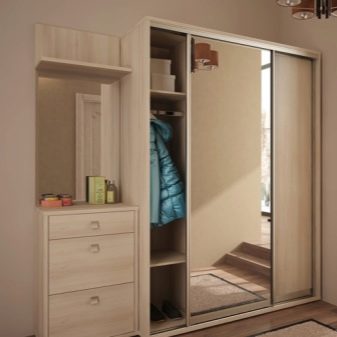

Advantages and disadvantages
Usually the depth of the cabinet varies between 50 and 60 cm. If this value is only 40 cm, then the furniture can be considered shallow. Even so, the cabinet has many advantages.
- It really saves space. Even in a large hallway, I want to use the area as efficiently as possible. So what can we say about narrow corridors, because it is still necessary to leave room for the passage. Extra 10 or 20 cm will be useful here.
- With the right distribution of space inside, it can be quite roomy.to easily arrange everything that is usually kept in the hallway. The shallow depth allows you to view all the content without wasting time searching or shifting things.
- The wide choice of materials and models is in no way inferior to the options with standard depths. The front part can be absolutely any, changes will affect only the frame and internal distribution.
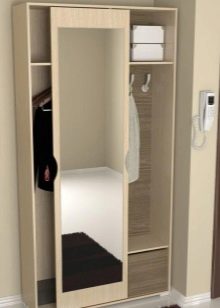
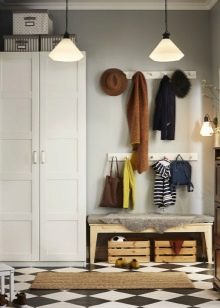
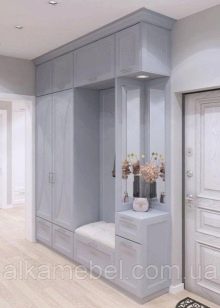
Of course, such a shallow cabinet cannot completely replace an ordinary one - large things cannot fit into it, and even ordinary hangers-hangers will have to be placed differently or look for a replacement for them. But if there is another place for them in the apartment, only the most necessary things can be placed in the hallway and fit in 40 cm.
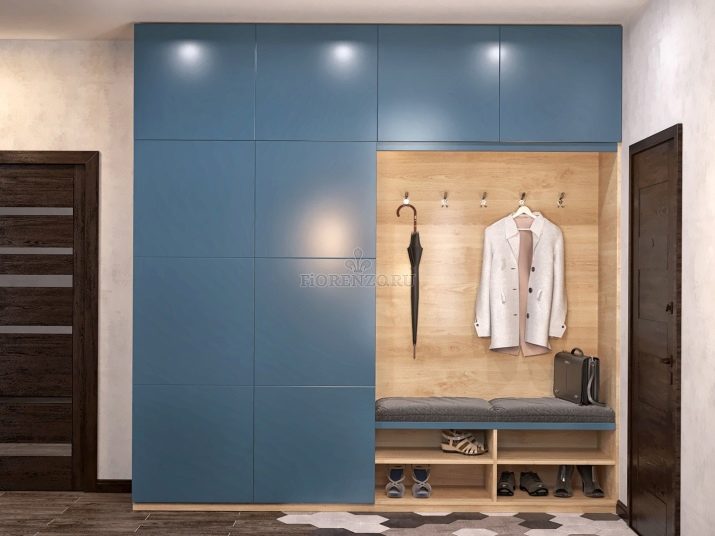
Views
Each variety has its own characteristics, which can be considered both disadvantages and advantages. The cabinet can be of two options.
- Direct - installed along one wall.
- Angular - has two sides located at right angles to each other (for example, if the hallway is connected to the corridor). For a narrow hallway, a model with a beveled corner module is not suitable, as it will take up too much space.
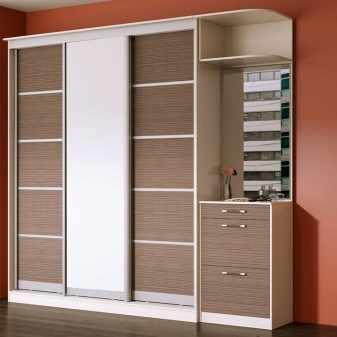
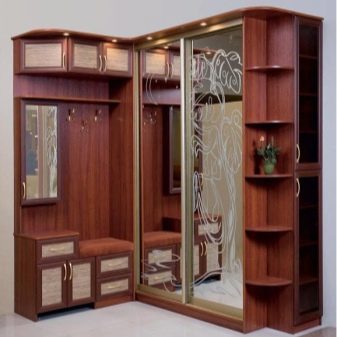
Depending on the way you open the doors for the hallway, you can use different types of cabinets.
- With hinged doors. Their plus is the simplicity and reliability of the time-tested mechanism. However, to fully open such doors, you need additional space equal to their width.
- Wardrobes. A modern version, more convenient for rooms with a narrow aisle, since the doors move to the side and do not have protruding handles. However, in comparison with swing doors, the construction of sliding doors can take up to 10 cm from the interior space, making it even narrower.

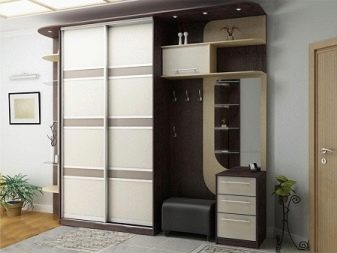
Such cabinets can be fully or partially built-in - then the frame parts will replace the walls and ceiling of the hallway.
However, the most common are frame models - they can be moved, placed next to a wall or used as a partition, and in case of a move, they can be taken with you.
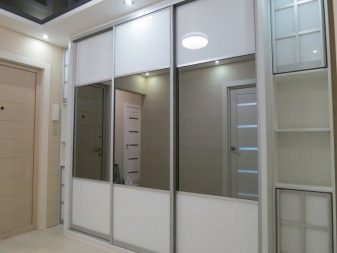
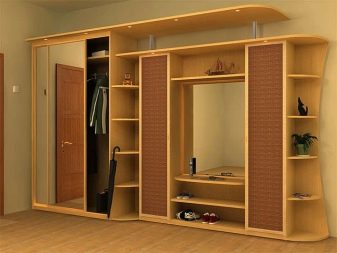
Internal filling options
Since we are talking about the hallway, first of all it is necessary to provide space for 5 groups of things, which are usually stored near the front door.
- Outerwear. It will take up most of the interior space. If the width permits, instead of one longitudinal one, you can place two transverse rods with hangers. Hooks (regular or double) can be used instead. To accommodate many more clothes in this way, it is better to place the hooks at different levels. For these purposes, you can select the middle part of the cabinet or one of its halves.
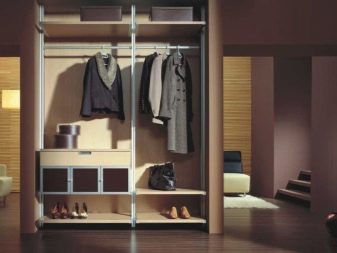
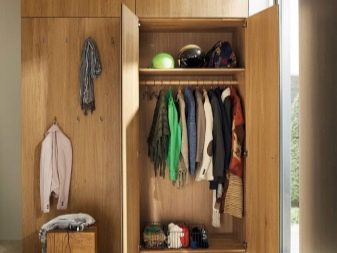
- Shoes. In the hallway, you can store all available shoes or only seasonal ones. Boxed vapors are stored on regular shelves. Place your casual shoes on mesh shelves for better ventilation. Tilt storage systems can be purchased to arrange shoes more compactly. For this, it is better to take the lower level or compartment on the side.

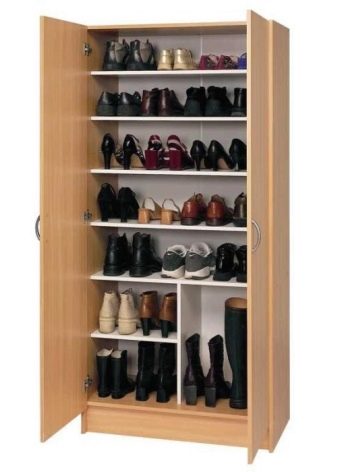
- Hats, scarves, gloves. To accommodate them, you can provide shelves or drawers at any convenient level. In order not to get confused and quickly find what you need, it is better to sort them into containers or baskets.
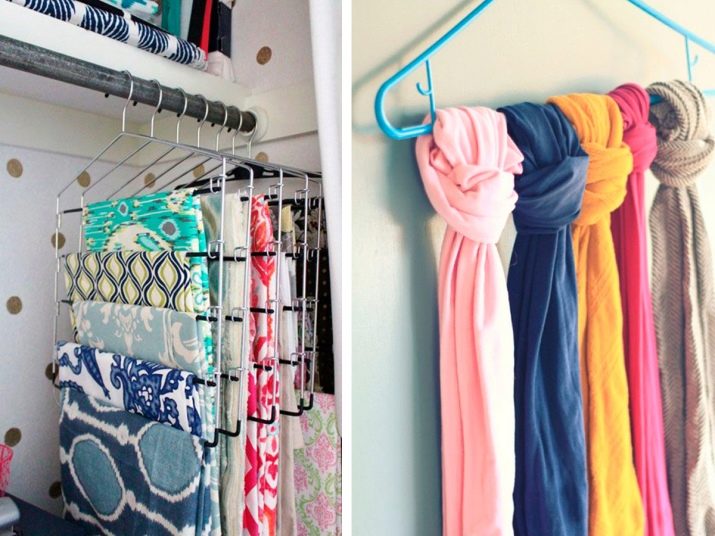
- Bags, umbrellas and other accessories. All kinds of holders, hangers or hooks are provided for them. As a last resort, rarely used items can be placed in the topmost compartment.
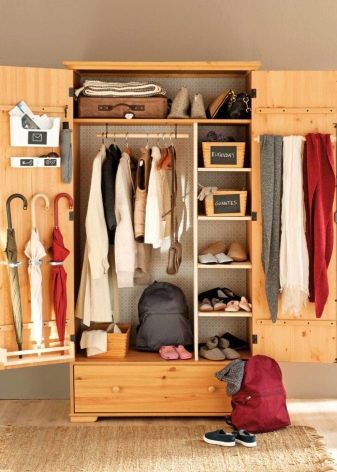
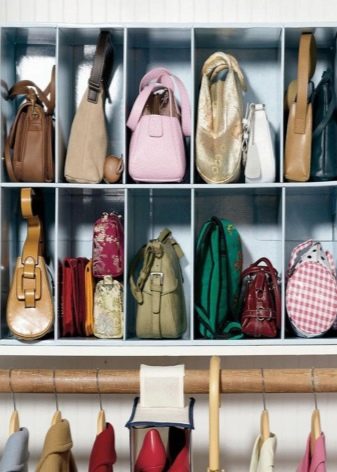
- For keys or other little things it is better to set aside your own drawer or several containers.
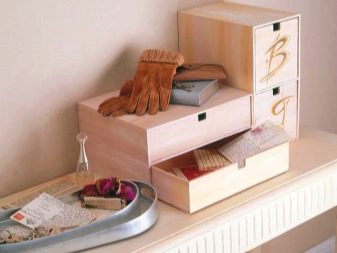
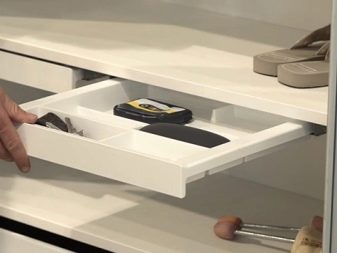
In addition to the above, there can be room in the closet for ordinary clothes, home textiles, and even sports equipment. But then its width should be much larger.
How to choose?
Of course, first of all, we pay attention to how the cabinet will look externally. Much depends not only on personal preferences, but also on the interior of the hallway, as well as the entire apartment. If the interior is designed in a certain style, the wardrobe must match it. In addition to observing the style, it is necessary to consider the processing of the facade and its decor.
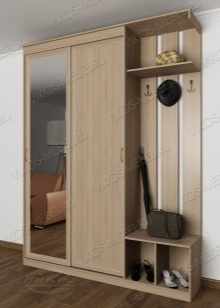
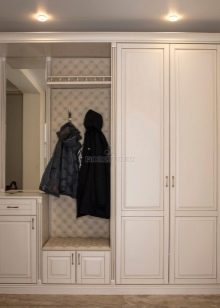
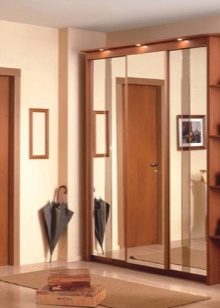
A lot of questions arise with the definition of the color of the cabinet. Furniture should definitely match the trim or entryway doors. Bright colors, their unusual or contrasting combinations make the interior more dynamic.
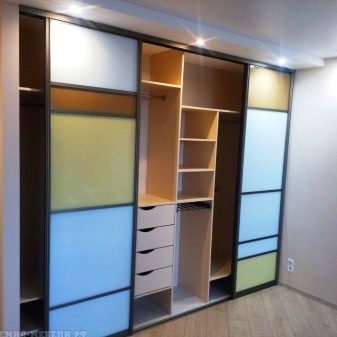
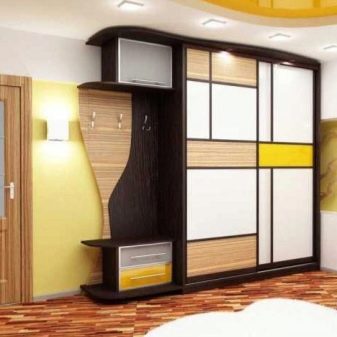
However, most people prefer neutral colorsso as not to keep the guests on their toes literally from the doorway. White furniture is no less popular, and any light or pastel shades.
Such a wardrobe will be especially relevant, since there are no windows in the hallway or corridor, and there is usually not enough lighting.
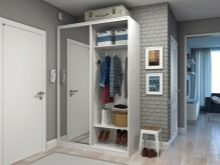

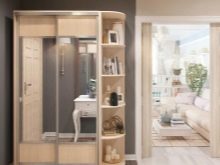
Another important indicator is material. Not only the quality of the product depends on it, but also its appearance, because each material ends up looking differently. Most often, MDF is chosen for the manufacture of doors - it is quite durable, reliable and meets all safety standards.
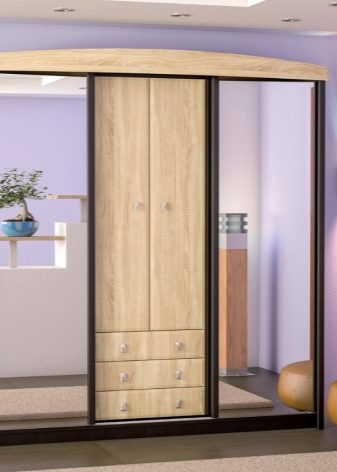
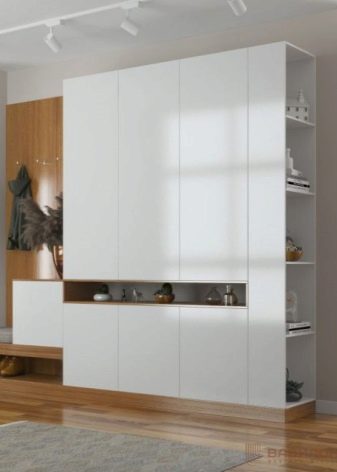
Chipboard is slightly inferior to it, but a product made of this material will be cheaper. The solid wood wardrobe certainly looks better, but it is not suitable for the hallway due to its sensitivity to changes in humidity and temperature. The facades of the doors of the cabinets are rarely made entirely of one material, so you can find inserts made of glass, plastic, rattan, and others on them.
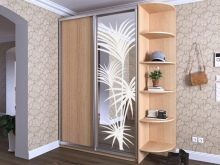
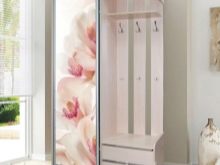
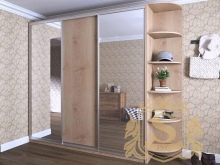
When choosing a cabinet that has to withstand several years of fairly intensive use, great importance must be given to fittings. In swing models, the hinges are the weak point, and at compartment doors, the parts of the mechanism with which they move are most often broken.
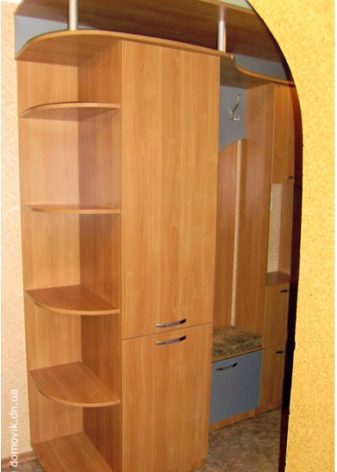
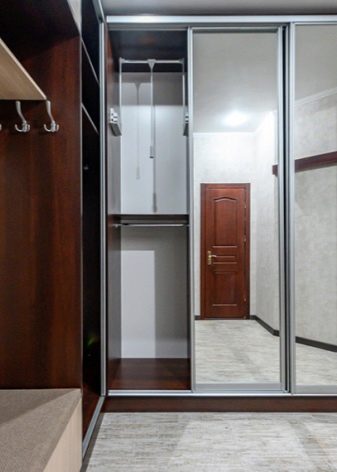
To avoid mistakes, it is necessary to choose a reliable manufacturer with a good reputation in the market.
Design examples
Since the hallway is the hallmark of the house, its interior must be thought out thoroughly. Furniture in the classic style always adjusts in a certain way, it is an indicator of the good taste of the owners and never goes out of fashion.
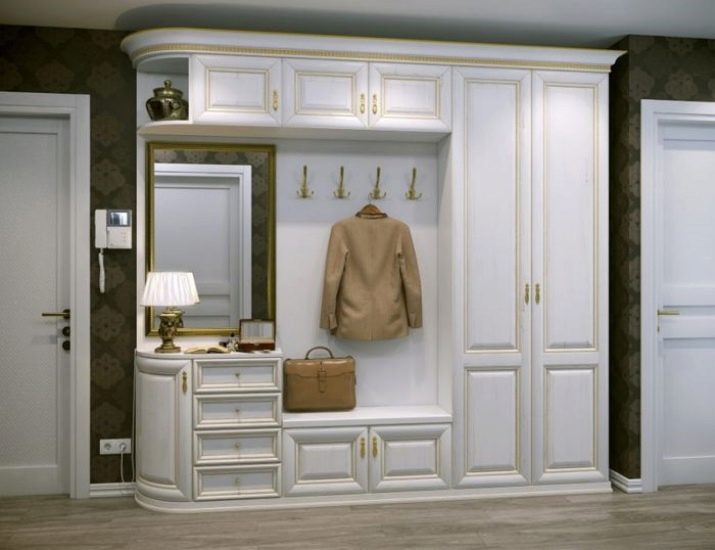
Compared to it, models in a modern style stand out for their spectacular appearance, especially if there is gloss on the facades. Cabinets with color printing look more informal.
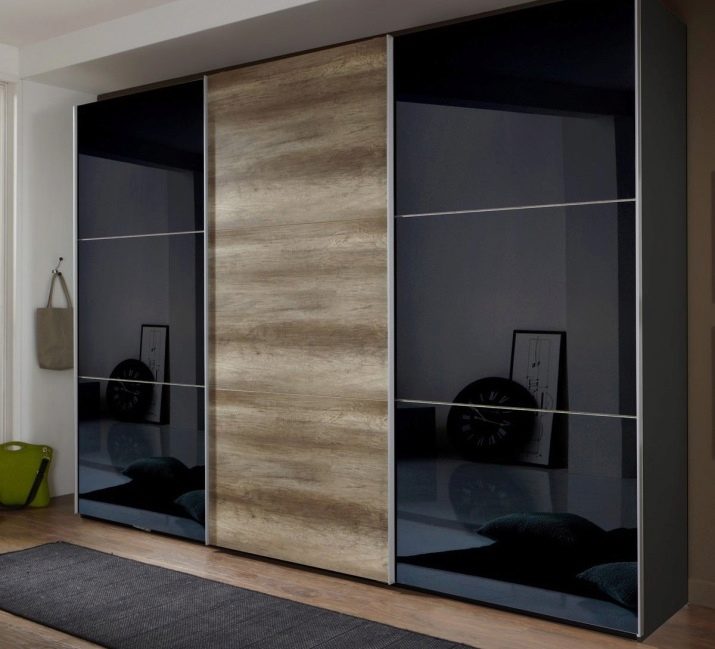
There must be a mirror in the hallway. It is needed not only in order to eliminate defects in appearance, but also to visually expand the boundaries of the corridor or hallway. This way of changing the space looks especially impressive if you make a closet in the entire wall. However, mirrored surfaces should not be installed opposite each other.
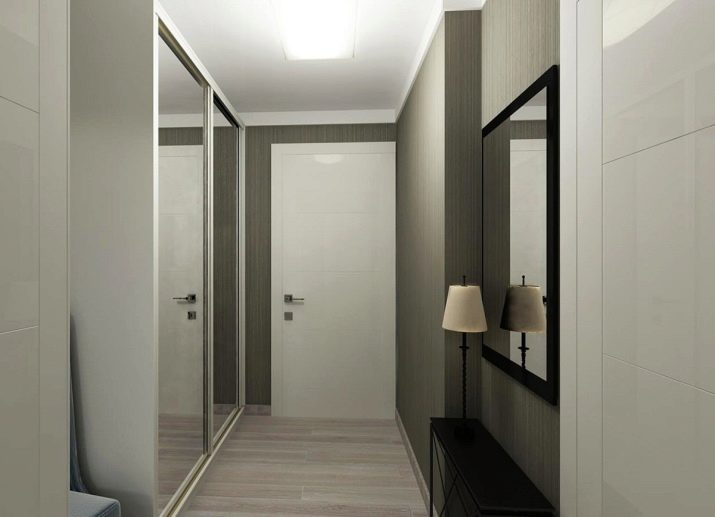
Hallway furniture doesn't always have to look bulky. In addition to blank facades, part of the closet can be open - for example, where there are hooks for jackets and other outerwear. In addition, other useful modules can be attached to the cabinet - a compact table with a mirror, a cabinet, a shoe rack, a small bench or a built-in seat. Such a set, created in the same style, will make your stay in the hallway more comfortable and enjoyable.

See below for the organization of storage in the hallway closet.








